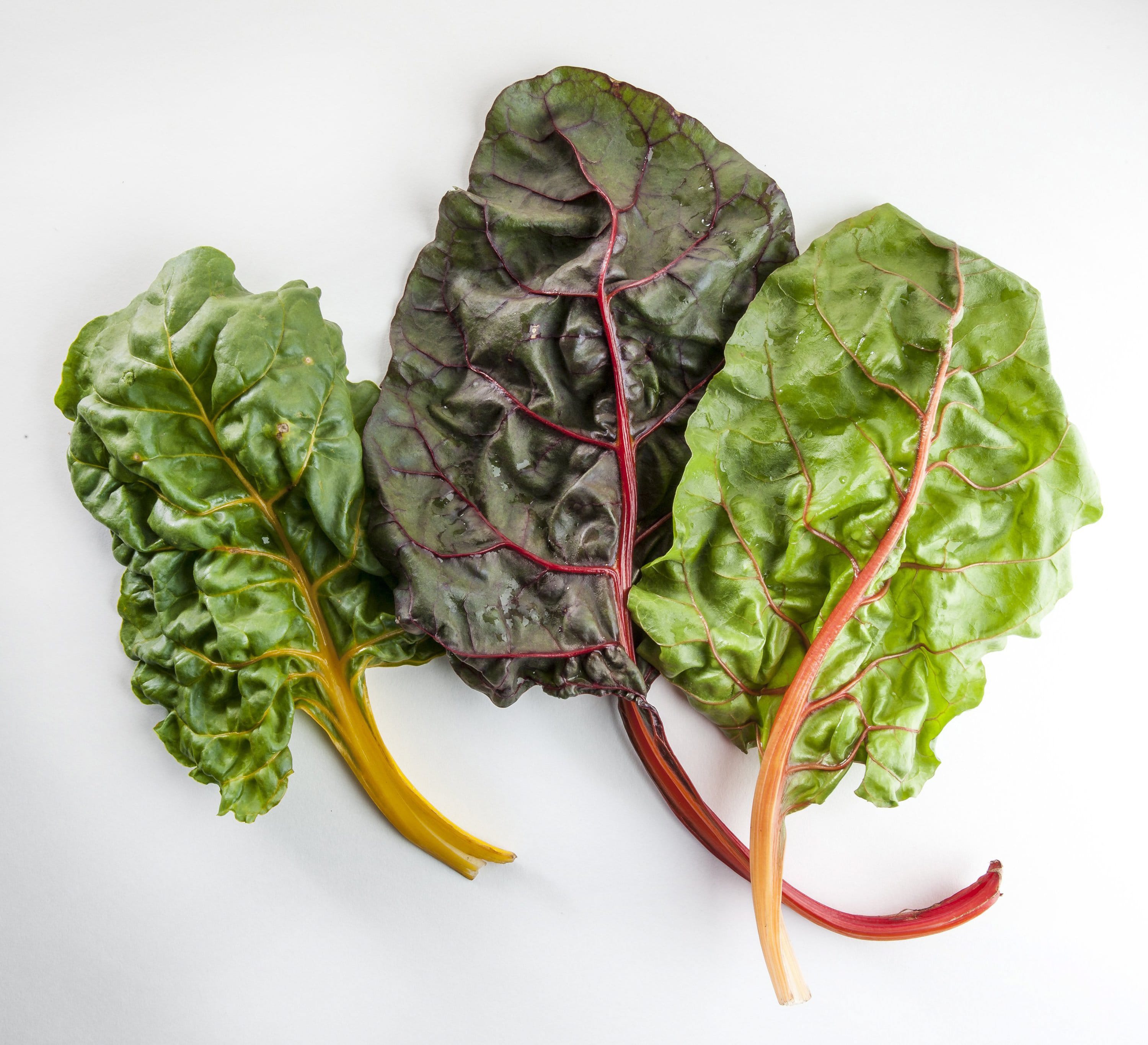You’re all over the kale trend, baking loads of leaves into crisp chips, sauteing bagfuls with olive oil and garlic. It’s time to break the hold kale has over your kitchen.
With summer’s leafy greens piling up at farmers markets, in your garden and at the supermarket, go ahead and give kale’s botanical cousins a place at your table. Pick one, any one: beet greens, collards, chard, escarole, mustard greens. They all saute up beautifully, but their potential goes way beyond that.
They can add color and texture to, say, a garlicky white bean soup. Young, tender greens can work in salads. One friend mentioned wrapping lightly blanched chard leaves around a savory mix of bulgur wheat, crumbled feta, diced tomatoes and seasonings, then baking them. And after we picked up a handful of mustard greens at a farmers market, we stirred them into a mushroom-shallot saute to wilt, then added a splash of apple cider vinegar before serving with pork chops.
How you prepare leafy greens depends on personal taste, of course.
Maybe your mom cooked collards with ham hocks. Or tossed escarole with pears and hazelnuts as Deborah Madison suggests in her book, “Vegetable Literacy” (Ten Speed Press, $40). Or perhaps, as a friend of Madison does, you’ve tucked mustard greens cooked with ginger, garlic, tamari, sesame and chili oils into round wonton wrappers for dumplings.



